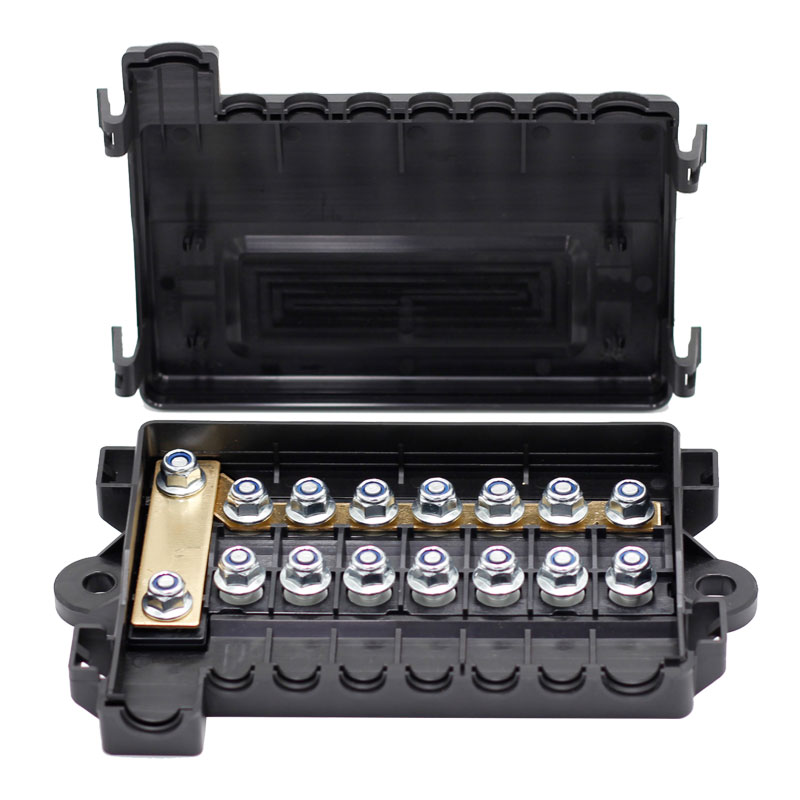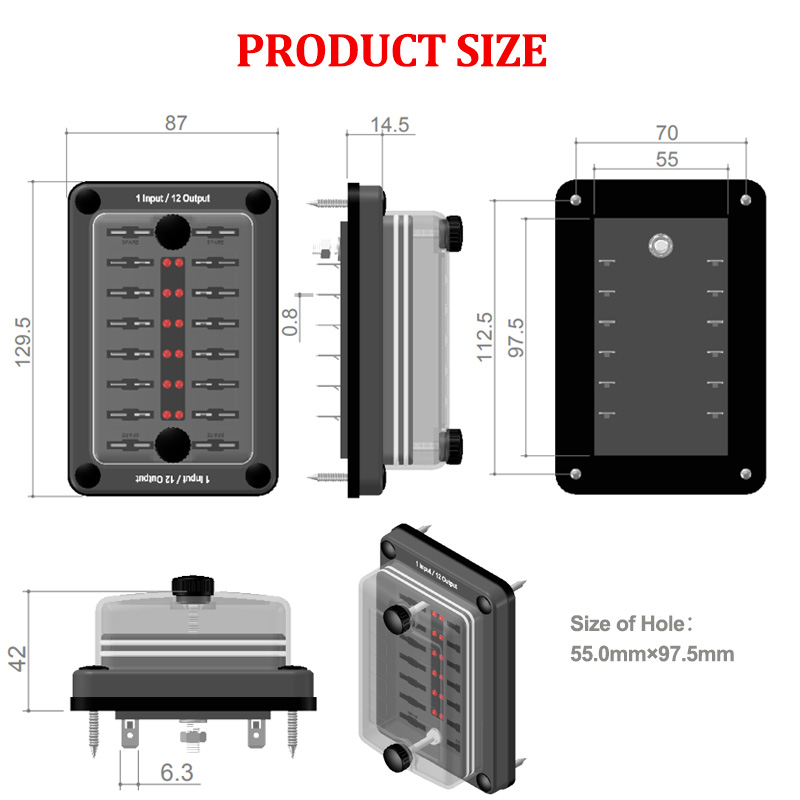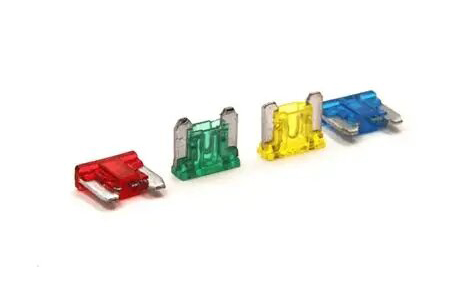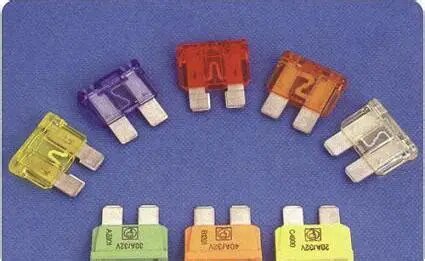A Comprehensive, Step-by-Step Guide to Installing a Car Fuse Holder with Butt Connectors for Secure and Reliable Electrical Connections in Automotive Systems
News 2025-10-20
In automotive electrical systems, secure connections are essential for safety and performance. A car fuse holder combined with butt connectors provides a dependable way to protect circuits from overloads and ensure consistent power delivery. Common applications include custom audio installations, lighting enhancements, and accessory wiring, where reliable connections prevent failures and enhance vehicle functionality. Butt connectors offer key advantages like strong mechanical bonds and resistance to vibration, making them ideal for the demanding conditions of automotive use.

Gathering Necessary Materials and Tools
Start by assembling all required items to streamline the installation process. Essential components include a compatible car fuse holder, appropriately sized butt connectors for your wire gauge, electrical wires, a wire stripper, a crimping tool, and optional heat shrink tubing for extra insulation. Don’t forget safety equipment such as gloves and safety glasses. This preparation step is crucial for achieving secure connections that minimize risks in automotive electrical setups, ensuring longevity and reliability.
Detailed Installation Procedure
Begin the installation by disconnecting the vehicle’s battery to eliminate electrical hazards. Use a wire stripper to remove about half an inch of insulation from the wire ends, then insert each stripped wire into a butt connector. Crimp the connector tightly with a crimping tool to form a solid connection. Attach the butt connectors to the fuse holder’s terminals and mount the holder in a suitable location, such as near the fuse panel. Reconnect the battery and verify the circuit’s operation. This method delivers secure, vibration-resistant connections that are vital for automotive performance.
Verifying and Maintaining the Setup
Once installed, test the fuse holder and connections using a multimeter to check for continuity and absence of shorts. Regular maintenance involves inspecting for corrosion or wear, particularly in exposed areas. The use of butt connectors enhances performance by providing durable, weather-resistant joints that reduce the likelihood of failures. In automotive contexts, this setup improves safety by quickly interrupting overcurrent situations, contributing to a more reliable electrical system overall.
Frequently Asked Questions
1. What are the main advantages of butt connectors in cars?
They offer secure, vibration-proof connections that prevent wire separation and enhance electrical reliability in dynamic environments.
2. How do I select the correct fuse holder for my vehicle?
Choose based on the circuit’s amperage and fuse type, ensuring it matches your car’s specifications for optimal protection.
3. What should I do if a connection feels loose after installation?
Recrimp or replace the butt connector, and use heat shrink tubing to reinforce the joint for better security.


